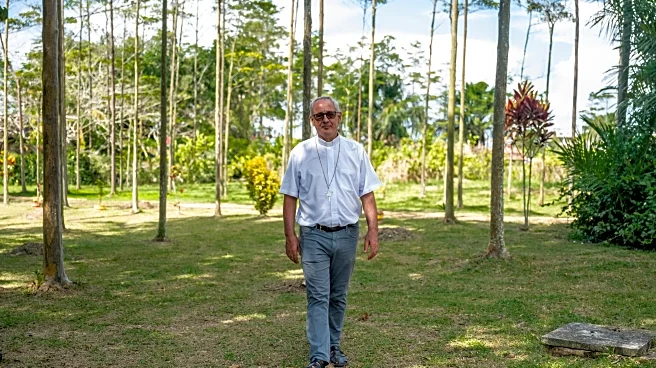What's Happening?
Swiss researchers have conducted a study to assess changes in plant diversity across Switzerland over the past century. By revisiting sites originally surveyed by botanists Friedrich Stebler and Carl Schröter between 1884 and 1931, the team found a significant decline in plant species, particularly in areas of intensive farming. The study, published in Global Change Biology, highlights that land use changes, rather than climate change, have been the primary driver of biodiversity loss. The research also indicates that political measures to preserve nature, such as protected areas, have been effective in maintaining plant diversity.
Why It's Important?
The findings underscore the impact of agricultural practices on biodiversity, emphasizing the need for sustainable farming methods. As biodiversity loss can affect ecosystem services and agricultural productivity, understanding these dynamics is crucial for policymakers and farmers. The study suggests that less intensive farming practices and political interventions can mitigate biodiversity loss, offering a model for other regions facing similar challenges. This research could influence future agricultural policies and conservation strategies, promoting a balance between farming and ecological preservation.
What's Next?
The study may prompt further research into sustainable agricultural practices and their role in biodiversity conservation. Policymakers might consider expanding protected areas and incentivizing less intensive farming methods. Farmers could be encouraged to adopt practices that promote biodiversity, such as reduced fertilizer use and late mowing. The findings could also lead to increased funding for conservation programs and influence international discussions on biodiversity and agriculture.
Beyond the Headlines
The research highlights ethical considerations in balancing agricultural productivity with ecological preservation. It raises questions about the long-term sustainability of current farming practices and the role of government in enforcing conservation measures. The study also points to cultural shifts in farming communities, as traditional practices are reevaluated in light of environmental concerns.











